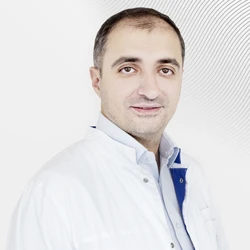Tells Gennady Elkun,
otorhinolaryngologist, doctor of the highest category, Professor, MD.
A 37-year-old woman came to the EMC Otorhinolaryngology Clinic complaining of difficulty in nasal breathing and mucopurulent discharge from the nose, mainly from the left sinus. In addition, the patient noted that for a long time she feels the constant presence of an extraneous odor. It became known from her medical history that she has been suffering from chronic sinusitis for many years. In 1992, she underwent surgery for chronic right-sided sinusitis. She underwent a maxillary sinus Coldwell-Luke procedure. In the postoperative period, nothing bothered the patient, and two years later the described symptoms appeared. The patient was treated independently for many years: the treatment consisted of rinsing her nose with various types of antiseptics. Over the past 20 years, she has repeatedly consulted otolaryngologists, but she has not been able to diagnose the source of the troubling problems.
In the description of the CT scan results presented by the patient, it was recorded that there was no inflammation or fluid in both maxillary sinuses and no change in the structure of the walls of the paranasal sinuses was detected. However, a foreign body with a metallic density was found in the area of the lower nasal passage on the left. Radiologists have previously described the foreign body as a filling material with a density of 1,700 Hounsfield units (HU).
I performed an endoscopic examination of the nasal cavity and found that in the nasal cavity in the area of the lower nasal passage on the left there is a sedentary foreign body of a metallic nature, embedded between the side wall of the nose and the lateral surface of the lower nasal concha. The results of the endoscopic examination confirmed the doctor's assumption about the formation of a stone in the nasal cavity, called rhinolith in medical practice. It is usually formed as a result of the deposition of phosphoric acid and carbonic acid salts of calcium and mucus surrounding a foreign body that has been in the nasal cavity for a long time. Our patient has had rhinolith growth in her nose for more than 20 years. Usually, inside this formation there is a core — a foreign body, on the surface of which salts of various trace elements are gradually deposited. As the rhinolith increases in size, it adapts to the shape of the cavity and fills the nasal passages. The patient was offered to have a foreign body removed under general anesthesia.
In the operating room, under the control of an endoscope camera, a black foreign body was removed, measuring 3x1 cm and localized in the area of the lower nasal passage of the left half of the nose. After removal of the rhinolith, the mucous membrane of the nasal cavity located under the formation was revised. Trophic changes of the mucosa were revealed. An examination of the left maxillary sinus was also performed using an endoscope through the superimposed anastomosis in the area of the lower nasal passage. The mucosa of the maxillary sinus was completely intact and covered with a smooth, unchanged mucous membrane. The blood loss of the performed manipulation was minimal, the whole procedure took about 20 minutes. The patient was discharged on the same day that the patient recovered from general anesthesia. Modern diagnostic methods available in our clinic and the experience of EMC otorhinolaryngologists helped to identify and eliminate the cause of the patient's complaints in a short time.
The interest of the described clinical case lies in the fact that rhinitis is extremely rare. The symptoms of this disease practically coincide with the symptoms of the most common inflammatory processes found in patients of otorhinolaryngology departments. We can safely say that not every otorhinolaryngologist has encountered such a pathology in his practice, so we advise you to take a responsible approach to choosing a doctor, always paying attention to his professional experience.
Author: Gennady Elkun, otorhinolaryngologist, doctor of the highest category, Professor, MD
Was this information helpful?
Questions and answers
Ask a Question
.webp)






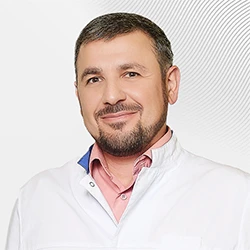

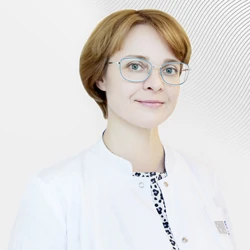

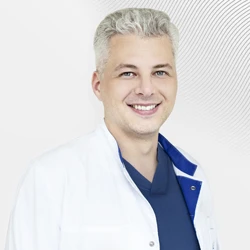

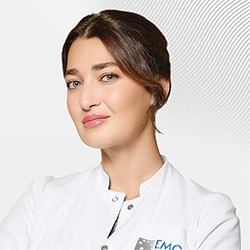
.webp)
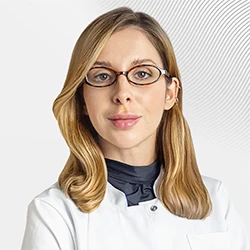

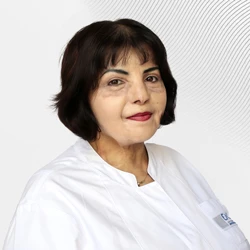
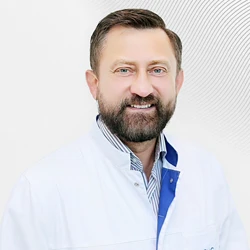
.webp)
